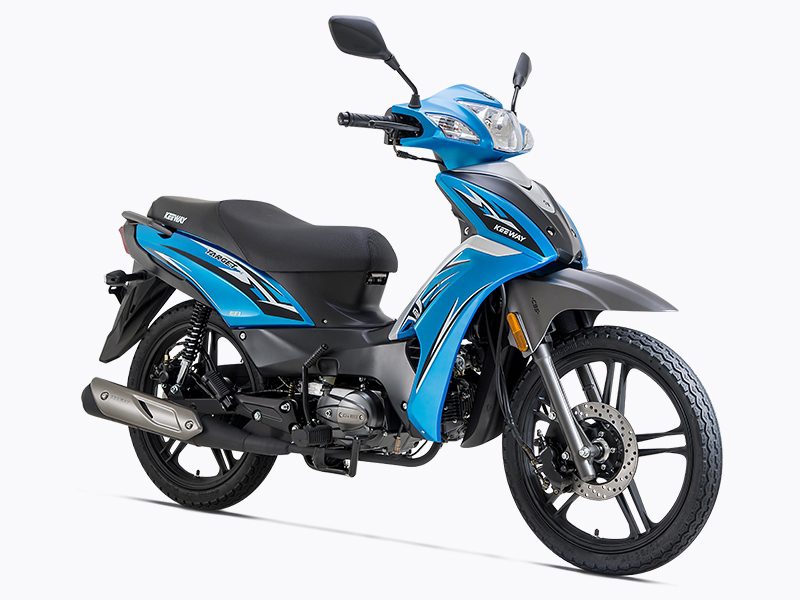
History of the Seat car brand
Seat is an automotive company of Spanish origin, part of the Volkswagen Group. The headquarters is located in Barcelona. The main activity is the production of passenger cars.
The company has quite innovative technologies and is guided by good technical characteristics when creating cars. The company's credo is displayed in the released models and reads "Seat auto emocion".
The brand's abbreviation stands for Sociedad Espanola de Autotomoviles de Turismo (literally, the Spanish Touring Car Society).
This relatively young company was founded in 1950.
It was created through the contributions of many founders, among the most part were the National Industrial Institute, in a total share of 6 banks and the Fiat company. A total of 600 thousand pesetas were invested in the creation.
The first car produced was created in 1953 under a licensing agreement with Fiat, which awarded Seat with an open curtain for its manufacturing technology. The car had a low cost and was a budget option. Due to this, demand increased and another plant was opened for the production capacity of the first model.
A couple of years later, a more modernized version was presented, for which demand increased more than 15 times.
In the following years, the company worked to create new models of the economic plan. Due to their reliability and price, cars were in great demand. In less than 10 years, the company has sold about 100 thousand vehicles. This was a huge achievement and an indicator that not all companies could boast of such sales results.
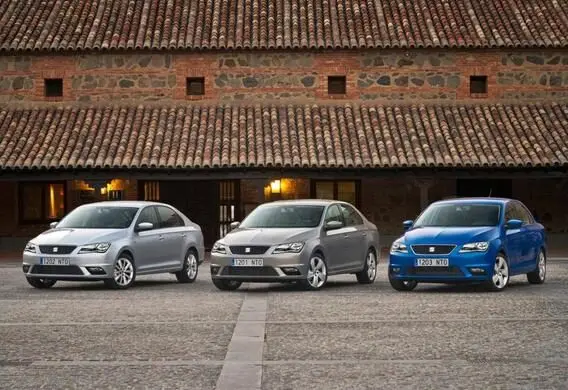
Seat already had excellent solid ground in the Spanish market and was moving to another level. Export to the Colombian market became such a breakthrough for the company.
A little later, the company expanded its specialization to the production of sports cars. And in 1961 she presented the first version of the Sport 124 model. The demand for this car was so huge that less than a year later, more than 200 thousand cars of this model were sold.
The Seat 124 was named the best European car in 1967. This year also saw the anniversary celebrating the 10000000 car produced.
The rapid development of production and replenishment of the staff helped the company to produce even better products and make expansion in the production of a larger range of cars.
Later, this version was presented in two modernized models. And in 1972, a department of the Seat Sport company was created, the specificity of which was the development of sports car projects for sports competitions in an international format.
Exports and the colossal scale of cars produced soared, and in the 1970s called Seat to become the world's eighth largest car manufacturer.
In 1980, an incident occurred with Fiat, since the latter refused to increase capital in Seat, and soon the partnership was completely interrupted.
A new partnership agreement was signed with Volkswagen, of which Seat is located to this day. This historic event took place in 1982.

Seat is developing new production tactics and producing a number of innovative vehicles.
The first achievement of Seat associated with the new partner is the production of Volkswagen and Audi cars in its own production. It was there that the legendary Passat was born.
The company never ceases to amaze with the scale of production and already in 1983 it produces its 5 million, and after a couple of years it celebrates its 6 millionth issue. This event forced Volkswagen to acquire half of the company's shares, and a little later - all 75 percent.
At that time, Seat was developing new sports car models and opening another plant in Martorel, whose productivity was enormous - the production of more than 2 thousand cars in 24 hours. The grand opening was started by King Carlos I himself, with the participation of Spanish President Ferdinand Pich.
The Cardona Vario, launched in 1992 at the new plant, is the company's 11 millionth vehicle.
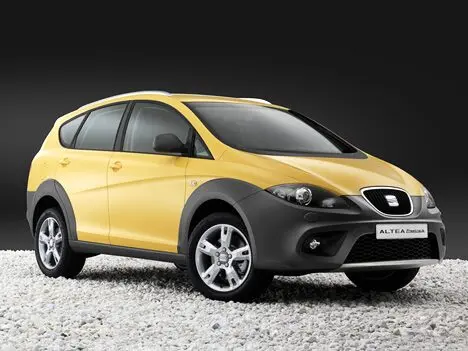
The technical progress of the company allowed for an increase and expansion of production models, as the company possessed advanced equipment and innovative systems.
Advances are also occurring in racing models, allowing Seat to take the podium twice in the F 2 World Rally.
The company exports to the international market already in more than 65 countries and at the same time develops new sports cars and takes an active part in competitions.
At the beginning of the new century, the company presented its first all-wheel drive car - the Leon model.
A little later, another innovation with an economical fuel consumption debuted.
In 2002 the company joined the group to the Audi Brand Group.
Founder
Unfortunately, there is not much information about the founders of the company. It is known that the company was founded by many founders, among which the National Institute of Industry is given priority.
The first president of the company is José Ortiz de Echaguet. Initially, Jose's activity was aircraft production, but soon expanded its specificity to the automotive industry, making a significant contribution to the development of Seat.
Emblem
Throughout the history of the company, the logo has not changed much. The first emblem was invented in 1953, three years after the founding of the company, rooting the inscription “Seat” in itself. Further, there were no major changes until 1982. This year, the letter “S” was added with three sharp teeth in blue, and below it was a full inscription in the same color scheme.
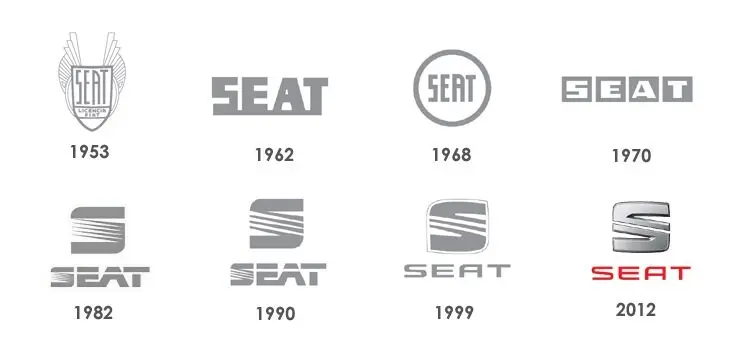
Since 1999, only the background and some letter detailing have changed. And the logo was now supposedly a “cut” letter S in red, the inscription located at the bottom also changed color to red.
Today the letter S takes on a cold gray-silver color and blade shape, the inscription remains red, but with a modified font.
Seat history
The first Fiat 1400 was produced in 1953 from the Seat factory. Due to the low cost, the very first car was in great demand.
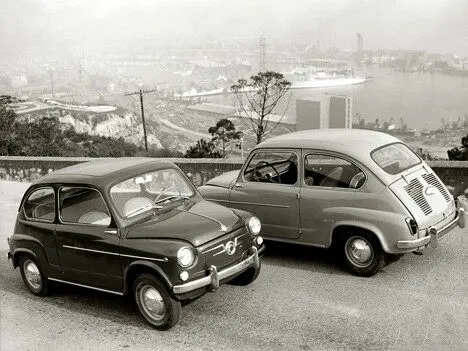
The Sest 600 came off the assembly line in 1957 with reliability and an economical price tag.
After incredibly large sales, in 1964 a replenishment came out in the form of the Seat 1500 model, and a year later - the Seat 850.
The company grew rapidly and improved and this was reflected in 1967 with the release of the next model Fiat 128, which won attention with high technical characteristics, design and power of the power unit at speeds up to 200 km / h.
Two years later, a model with a less powerful engine with a speed of 155 km / h and a small mass debuted - it was the Seat 1430 model.

The Seat 124 with a sedan body has gained popularity. This model was for two doors, but modernized models for 3 and 4 doors were released.
1987 is famous for the company for the production of the compact Ibiza hatchback model.
The 1980 Proto T was on display at the Frankfurt exhibition. It was the original hatchback model.
An upgraded version of the Ibiza racing car was released with a powerful engine and took part in the rally.
The Cordoba Vario, or the 11 millionth car produced in 1995, was equipped with the company's advanced technology and became a very salable car.
The company's first all-wheel drive car was the 1999 Leon. Built with innovative technology and a powerful powertrain, it shone admirably. Also this year was the debut of the Arosa model, which was the most economical car in terms of fuel consumption.
The company had those only high-performance potential, but also a victorious one. The redesigned Ibiza Kit has won three prizes in a few years.

At the beginning of the new century, the modernized Toledo model came out.
And in 2003 the Altea model, on which a significant budget was spent, which was later presented at an exhibition in Geneva.
And at the exhibition in Paris, an improved Toledo model was presented, as well as a Leon Cupra with an unrealistically powerful diesel power unit.

The most fashionable sports car was the modernized Leon, presented in 2005.
With the strongest diesel engine in its history, the company launched the Altea FR in 2005.
The Altea LX is a family model equipped with a spacious interior and a petrol power unit.
Questions and answers:
Where is Siat collected? Seat models are assembled at the production facilities of the VAG concern. One of these factories is located in the suburbs of Barcelona (Martorell).
Who makes the Seat Ibiza? Despite the fact that initially the Seat company was founded in Spain, now the popular hatchback is assembled at the factories of the VAG concern - Seat is part of the concern run by Volkswagen.

